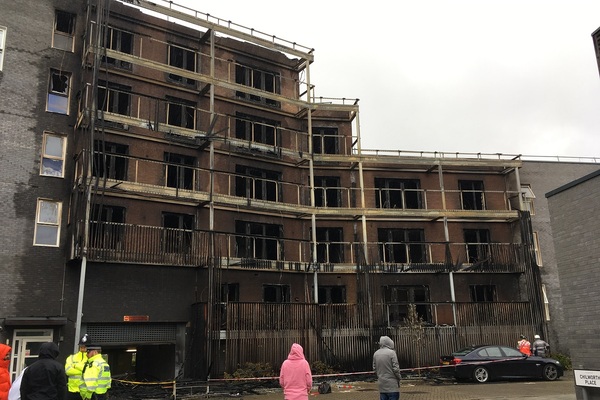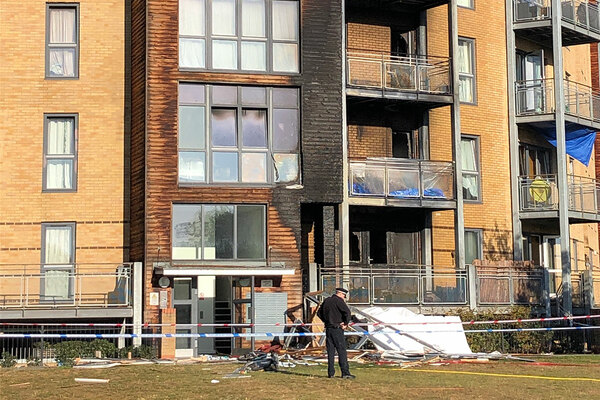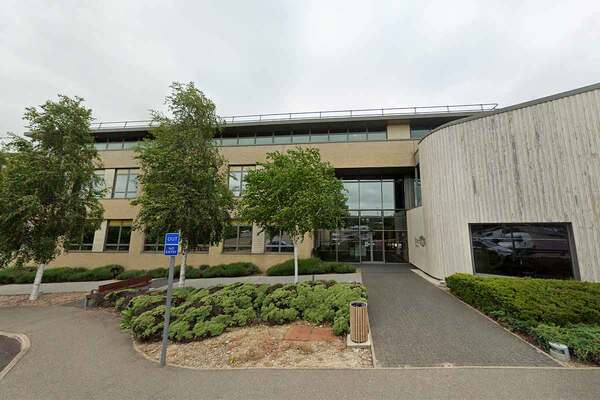You are viewing 1 of your 1 free articles
Almost 5,000 housing developments identified with timber cladding
Almost 5,000 housing developments – either completed or on site – are currently using timber cladding despite warnings about its dangers from fire experts, Inside Housing can exclusively reveal.
Data provided by the Glenigan construction database to Inside Housing showed that there are 4,031 private housing developments using timber cladding and 859 social housing projects.
Of the private developments, 179 were buildings of six storeys or more, while of the social housing projects, 50 fell into this category.
Out of all the developments, 2,162 were scheduled to start after the Grenfell Tower fire. Some of these still have yet to begin.
Industry sources also estimated that between 200,000 and 250,000 square metres of timber are sold for cladding every year, which would put it alongside high-pressure laminate cladding – another combustible material – in terms of market share.
The news comes in the wake of another fire spreading via timber cladding on the outside of a building – the six-storey Limehouse Lodge in Clapton.
Timber is a combustible product and so would be outlawed on new developments under the government’s ban on combustible materials being used on the outsides of buildings, which was brought in last year.
This only applies, however, to buildings over 18m in height, meaning buildings such as Samuel Garside House, where flames ripped across wooden balconies earlier this year, and Limehouse Lodge would not be covered.
James Murray, London’s deputy mayor for housing, said: “The government must urgently reconsider the scope of the ban on combustible materials, including timber, so that it applies to all buildings regardless of height or use.
“It should also proactively urge building owners to review the safety of all buildings – not just high-rise properties.”
This is the first time comprehensive figures have been reported on the use of timber cladding, although in the aftermath of the fire at Samuel Garside, an Inside Housing investigation identified 20 housing association developments using the same timber product, ThermoWood.
At the time, the large housing associations Clarion, L&Q and Peabody all said they were carrying out work to deal with potential issues arising from ThermoWood.
Arnold Tarling, a chartered surveyor and fire safety expert, told Inside Housing that he has been warning of the dangers of timber cladding since 2014.
He added: “When people make enquiries, I have a look at the buildings and I won’t even quote to survey them if they’ve got timber cladding or balconies. I won’t be party to someone buying a property which I consider dangerous.”









